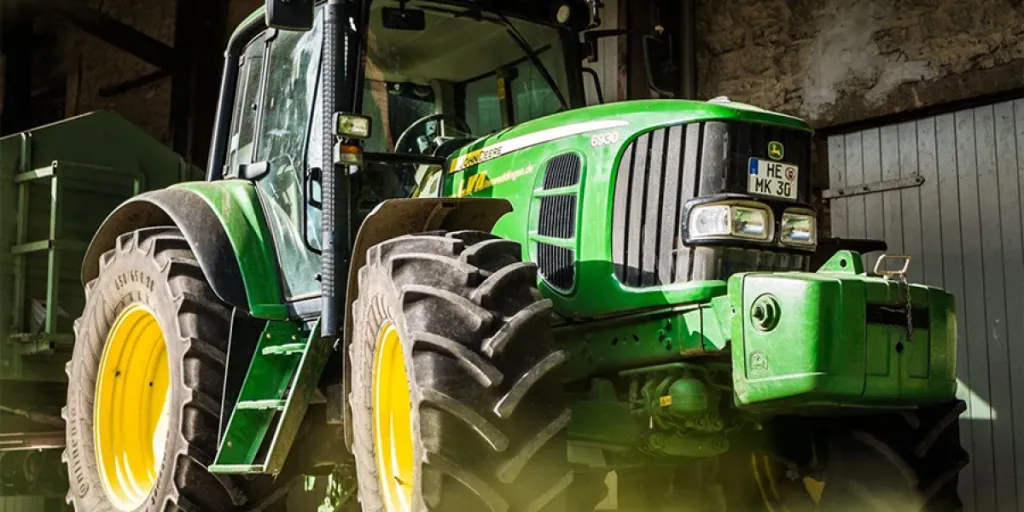The tractor sector has undergone a revolution in recent years with new technological advancements leading to a range of new products avaible on the market. And as a result, the agriculture industry has seen exciting changes that increase efficiency and reduce the cost of production.
This post will offer a quick glimpse into the market share for the tractor industry, and then it will dive into four essential tractor trends that you need to know for this year and beyond!
Table of Contents
The global market for tractors
4 emerging tractor trends
Conclusion
The global market for tractors
Tractors play an essential role in mechanized farming, and over time their use has grown from being purely mechanically operated to incorporating digital controls, which has increased efficiency and, in turn, productivity.
The value of the tractor market was around US $70.5billion in 2021 and is projected to hit US $98.5 billion between 2022 and 2027 with a compound annual growth rate (CAGR) of 5.8%.
Asia-Pacific and the developing world lead in demand for tractors because of rising food shortages plus a scarcity of labor. Rising economies like China, Indonesia, and Malaysia bolster mechanized farming by offering subsidies on farm implements.
4 emerging tractor trends
AI-integrated sprayers
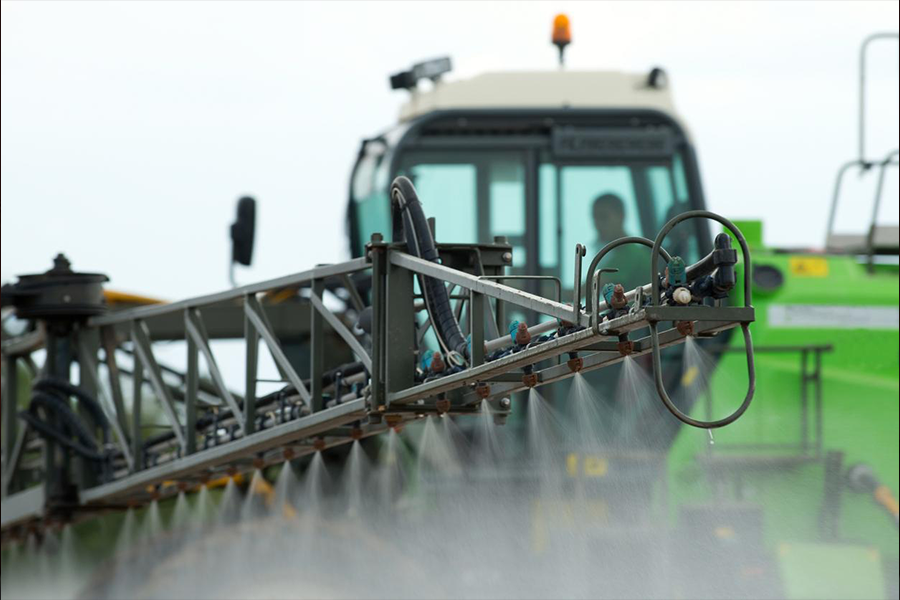
At the top of our trend list is the AI-integrated sprayer system. This is a major trend in the agricultural sector that has improved farm mechanization, as it makes it easier to utilize fertilizer and herbicides precisely. This technology uses a program that enables robotics to visualize, learn, and as a result distinguish weeds and crops.
The tractor sprayer system does this with the assistance of two cameras, which operate at a calibration speed of 20 times per second as the machine moves at 12mph. The system can identify weeds using a database with around 1 million images.
Once it identifies a weed, the system switches on and directly sprays it with a herbicide and does the same with the fertilizer to crops. The precision significantly reduces the rate of input application by around 77%.
Saving on the inputs (fertilizer and herbicides) reduces costs on the farm and minimizes environmental impact.
Fully electric smart tractor
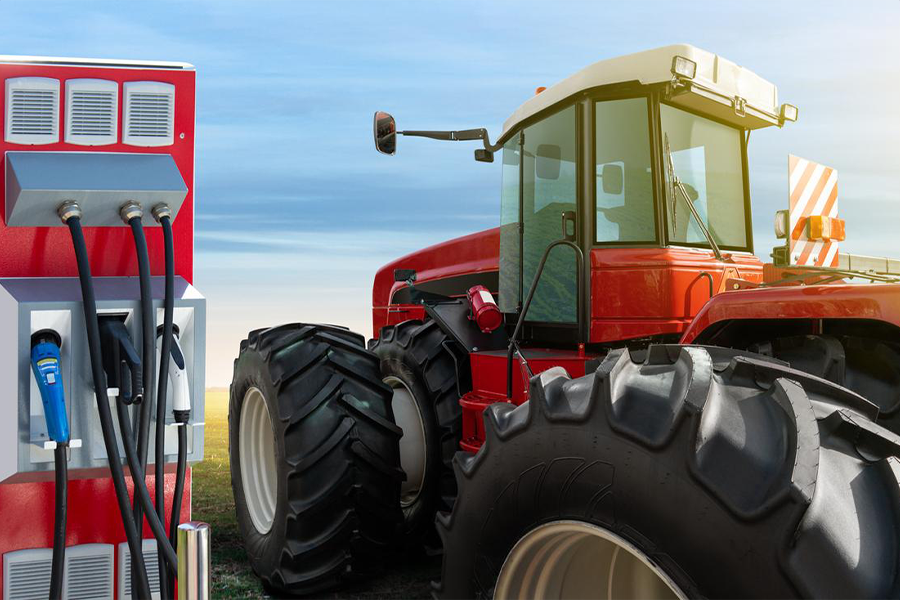
The internet of things (IoT) has its footprints in agriculture. The prospect of smart electric tractors is not an idea but a reality, and it is expected to revolutionize the way farming is done globally.
The electric smart tractor offers a solution to:
- Labor shortages: The farmers will accomplish many tasks using a single machine.
- Thin margins farmers have to put up with: Farmers will save on the cost of labor that eats up their profit margins.
- Pressure to reduce emissions: Smart tractors are able to generate data on emission reductions, which can ensure consumers that the farms products have a lower impact on the environment.
An electric tractor is also equipped with a 360-degree surveillance camera that can process up to 240GB of crop data every day it operates. The intelligent tractor collects all the data on the farm and relays it to the farm manager.
Increased comfort when operating large balers
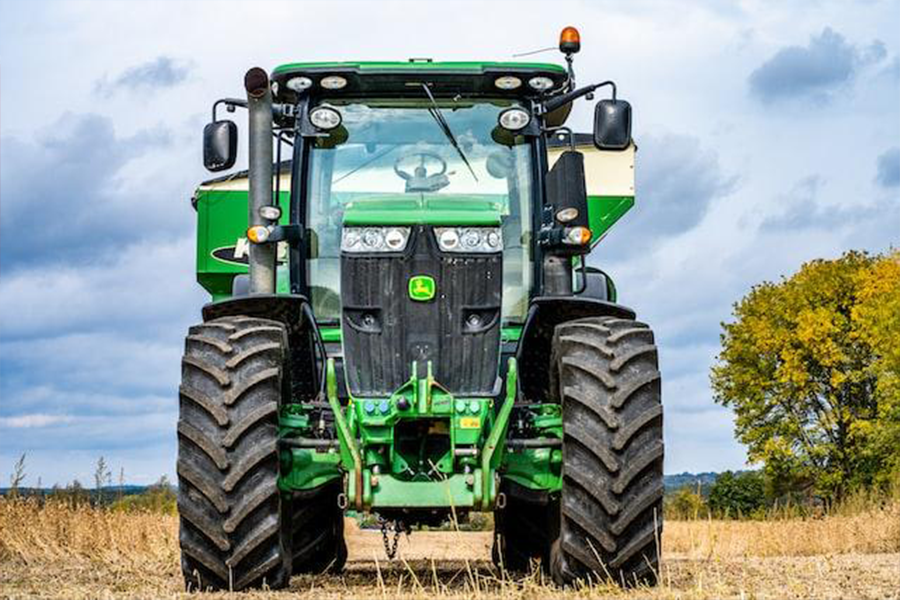
Unlike small tractors, large balers are a discomfort for tractor drivers due to the consistent shock they create in the cabin. However, a new trend has emerged among the big industry players, fronting solutions to help curb the problem, which poses a health risk to the drivers.
For instance, tractors now have intelligent vibration damping, where the piston shocks are absorbed by a speed shift in the stepless gearbox. The absorption will be possible using sensors that will not require more hardware to facilitate their operation.
Digitization in practice
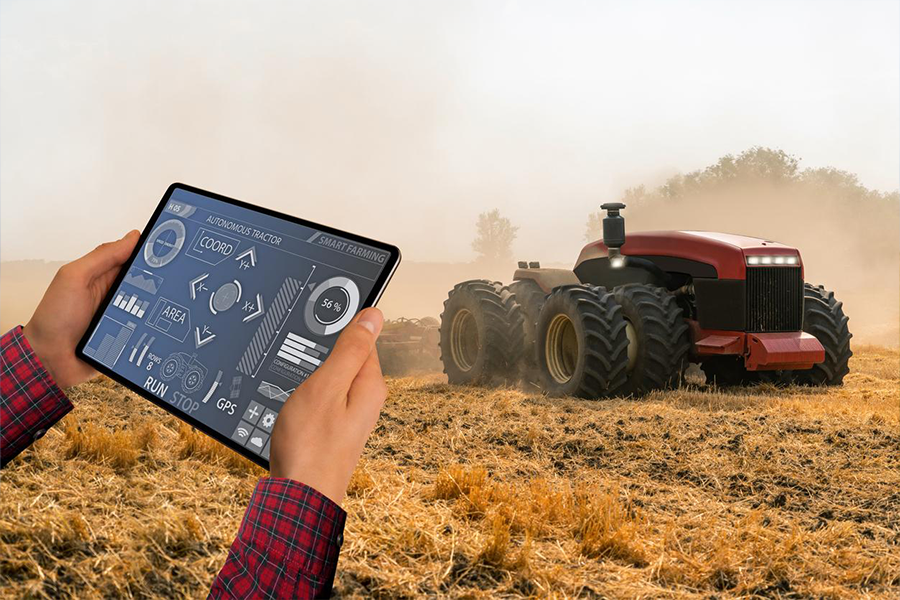
Tractors have incorporated digital technology to allow farmers to achieve various tasks concurrently and in a shorter time. For example, telemetry in tractors allows farmers to monitor the machines’ operations remotely.
Some industry players have emphasized fleet management systems where they focus on the wellness of the machine like:
- Proper setup of the machine and identifying anomalies: This can be done through intelligent tags or web-based enabled systems that offer guides in case the user gets stuck
- Reading and processing data about the machine’s activity and relaying the same to the company or dealer
- Picking up alerts as to when the machine needs maintenance.
Conclusion
Tractors continue to be a central part of agriculture for the foreseeable future, and major farms will continue to leverage the technology in agriculture to compensate for labor shortages and the increasing demand for food. As a result, this post has offered some tips and insights to navigate the tractor market.
For more information about tractors for sale and tractor dealers, head over to the tractor section on Alibaba.com.
